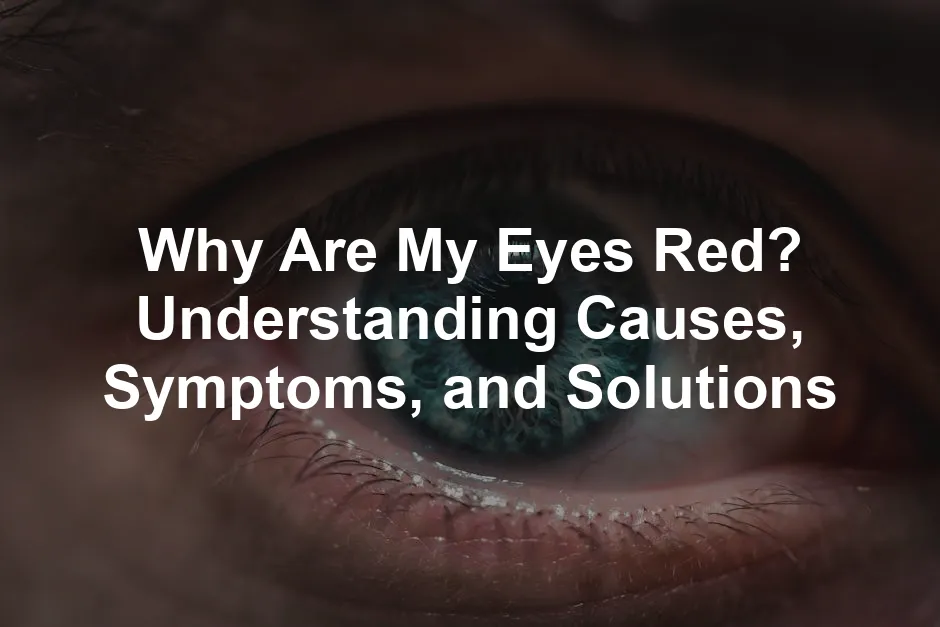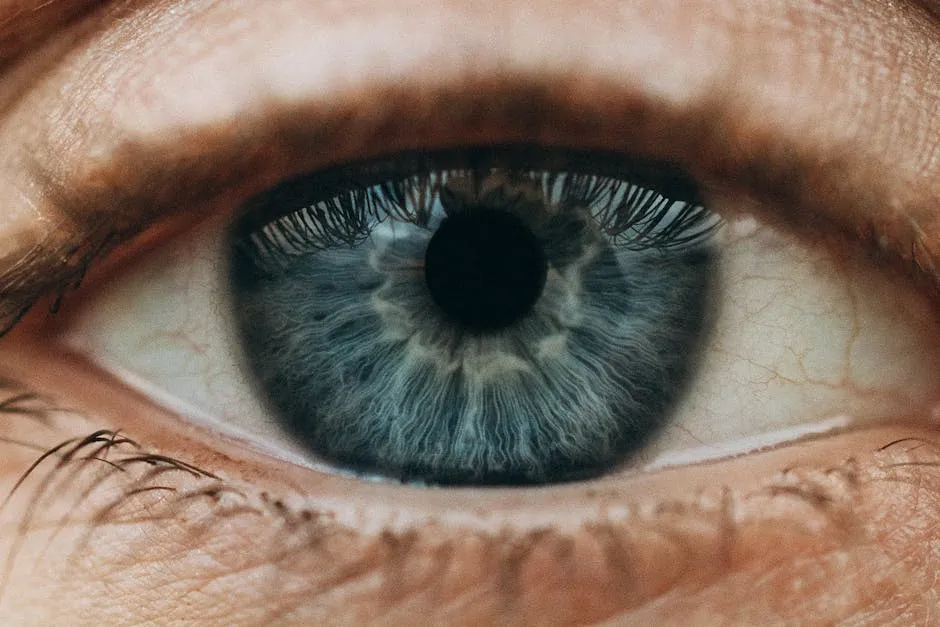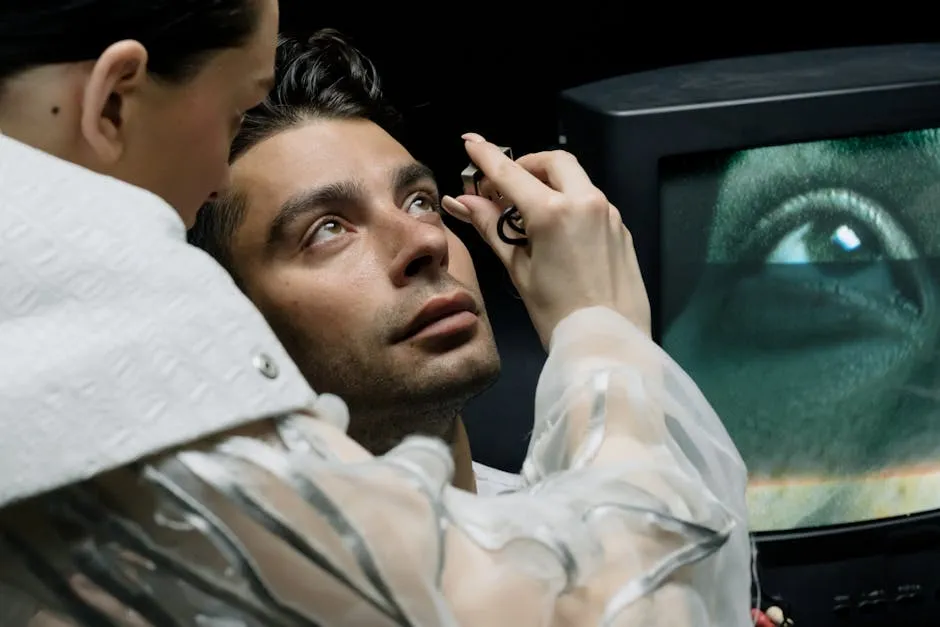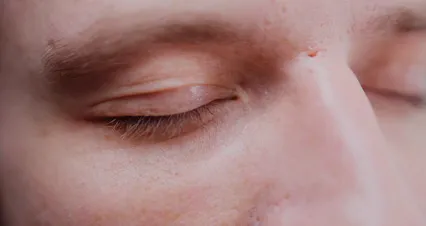
Why Are My Eyes Red? Understanding Causes, Symptoms, and Solutions
Why Are My Eyes Red? Understanding Causes, Symptoms, and Solutions
Introduction
Red eyes are a common issue for many people. They can occur for various reasons, ranging from allergies to infections. It’s crucial to recognize when red eyes may signal something more serious. This article aims to explore the various causes, symptoms, and treatment options for red eyes.
Summary and Overview
Red eyes, often described as bloodshot, occur when blood vessels on the eye’s surface become inflamed. This condition may present as a pink or reddish tint. Common causes include allergies, infections, and environmental irritants. The severity of red eyes can range from benign issues to serious conditions that require medical attention.
Many factors can lead to this symptom. Allergies to pollen or dust can cause irritation, while infections like conjunctivitis can lead to inflammation. Environmental factors such as smoke or wind can also contribute to redness. It’s essential to seek medical advice if the redness persists or worsens, as some conditions may require prompt treatment.
This article strives to provide comprehensive insights into red eyes. By understanding the causes and symptoms, you can better manage this common concern.

Common Causes of Red Eyes
Allergies
Allergies are a common culprit for red eyes. Pollen, dust, and pet dander can trigger an allergic reaction. When exposed to these allergens, your eyes might become itchy and red. You may also experience watering and a burning sensation.
To alleviate symptoms, consider using antihistamines. Cooling compresses can provide relief as well. Allergy eye drops are also effective in reducing redness and discomfort. For a quick fix, check out Antihistamine Eye Drops.

Dry Eye Syndrome
Dry eye syndrome occurs when your eyes don’t produce enough tears. This condition can cause a gritty feeling and a burning sensation. Prolonged screen time and aging are common causes of dry eyes.
To combat this, artificial tears can help restore moisture. You can find a great option here: Artificial Tears Eye Drops. Making lifestyle changes, like taking breaks from screens, can also improve your eye comfort.

Conjunctivitis (Pink Eye)
Conjunctivitis, or pink eye, is an inflammation of the eye’s lining. It can be viral, bacterial, or allergic in nature. Symptoms include redness, discharge, and itching.
Treatment varies by type. Bacterial conjunctivitis often requires antibiotic drops. For allergic conjunctivitis, antihistamines and cooling compresses can help. If you’re looking for a soothing option, a Cooling Eye Mask might do the trick!

Subconjunctival Hemorrhage
Subconjunctival hemorrhage happens when a blood vessel breaks in the eye. This results in a bright red spot on the white of your eye. Although it may look alarming, this condition is usually harmless.
No treatment is typically needed, as it resolves on its own within a couple of weeks. If you notice persistent redness, consult your doctor for peace of mind.

Other Infections and Inflammatory Conditions
Red eyes can signal various infections and inflammatory conditions. One common issue is blepharitis. This condition causes inflammation at the eyelid’s edge. Symptoms include redness, itching, and crusting around the eyelashes. If left untreated, it can lead to more severe infections or even vision problems.
Keratitis is another serious condition. It involves inflammation of the cornea, the eye’s outer layer. Symptoms often include redness, pain, and sensitivity to light. In severe cases, it can lead to vision loss. Prompt medical attention is crucial here.
Uveitis is the inflammation of the middle layer of the eye. This condition can cause significant discomfort and redness. Symptoms may also include blurred vision and light sensitivity. It can result from infections or autoimmune disorders, making timely evaluation essential.
Lastly, scleritis involves inflammation of the sclera, the white part of the eye. This condition can be very painful and may be associated with systemic diseases. Symptoms include severe pain, redness, and vision changes. Because of potential complications, a medical evaluation is vital if you suspect scleritis.

Environmental Factors
Environmental irritants can significantly contribute to red eyes. For instance, smoke can cause irritation and inflammation. If you are in a smoky environment, try to move to cleaner air whenever possible.
Chlorine is another common irritant, especially in swimming pools. It can cause dryness and redness in your eyes. Wearing swimming goggles while swimming can help protect your eyes.
Wind can also exacerbate redness by drying out your eyes. If you are outdoors on a windy day, consider wearing sunglasses to shield your eyes.
To prevent exposure to these irritants, stay indoors during high pollen counts. Use air purifiers in your home to reduce dust and smoke exposure. Keeping your eyes moist with artificial tears can also help alleviate irritation.

Understanding how environmental factors can impact various conditions is essential for managing eye health.

Systemic Issues
Systemic diseases can contribute to red eyes as well. Conditions like lupus and rheumatoid arthritis may lead to chronic eye inflammation. These conditions often cause dryness and irritation, resulting in redness.
Systemic inflammation can affect tear production, leading to dry eyes. When your eyes lack moisture, they can become red and irritated. If you have a systemic condition and notice eye symptoms, consult with your healthcare provider. They can help evaluate your overall health and its impact on your eyes.
Regular check-ups are essential for managing these diseases. Staying proactive about your health can help minimize eye-related issues. Pair this with eye vitamins for enhanced support!

Eye Injuries
Eye injuries are a common cause of red eyes, often resulting from trauma or foreign objects. A scratch on the cornea can lead to significant redness and discomfort. If you experience sharp pain or a sensation of something in your eye, seek medical help.
Foreign objects can also cause irritation. Rubbing your eyes can worsen the situation and lead to further damage. If an object is lodged in your eye, do not attempt to remove it yourself; visit a healthcare provider immediately.
Proper eye protection is crucial, especially when engaging in activities that pose risks, such as sports or using power tools. Wearing safety goggles can prevent injuries and protect your vision. If you suspect an eye injury, don’t delay seeking medical attention for appropriate care.

When to Seek Medical Help
Red eyes can be a harmless annoyance, but sometimes they indicate serious issues. You should seek medical attention if you experience specific symptoms. These include sudden vision changes, severe pain, or sensitivity to light. If you have nausea or vomiting alongside eye redness, don’t wait. These could signal conditions like acute glaucoma, which requires urgent care.
Corneal ulcers are another concern. These painful sores on the eye’s surface need immediate treatment to prevent complications. Ignoring symptoms can lead to permanent damage. Always prioritize your eye health and consult a professional if you’re unsure about your symptoms.

How to Treat Red Eyes
Home Remedies
You can try several effective home treatments for red eyes. Cool compresses can reduce swelling and irritation. Simply soak a clean cloth in cold water and place it over your closed eyes for a few minutes. Artificial tears are also helpful, as they provide moisture and comfort. If allergens trigger your redness, avoid exposure and keep your living space clean.

Resting your eyes is important, especially if you spend long hours in front of screens. Ensure proper eye hygiene by washing your hands before touching your eyes. These simple steps can make a significant difference.
Over-the-Counter Treatments
If home remedies don’t help, over-the-counter (OTC) options are available. Redness-relieving drops can offer quick relief. However, be cautious—excessive use can lead to rebound redness, making your problem worse. Antihistamines are also effective, especially for allergy-related redness. Always read the instructions and consult a pharmacist if you’re unsure about which product to choose.

Prescription Treatments
In some cases, you may need prescription treatments. If your red eyes result from a bacterial infection, antibiotics will be necessary. Steroid eye drops can help with inflammation. Always consult a healthcare provider for a proper diagnosis and treatment plan. They can guide you on the best course of action based on your specific symptoms. Taking the time to address red eyes properly can prevent more serious issues down the line.

Preventive Measures
Taking care of your eyes can help prevent redness. Here are some essential practices to keep your eyes healthy.
First, schedule regular eye exams. These check-ups can catch issues early. Plus, they ensure your prescription for glasses or contacts is up to date.
If you wear contact lenses, maintain proper hygiene. Always wash your hands before handling your lenses. Clean and store them as recommended. Avoid wearing them longer than the advised time. This reduces the risk of infection.
Also, try to avoid known irritants. Allergens like pollen and dust can cause redness. If you’re sensitive, consider wearing blue light blocking glasses outdoors. This shields your eyes from irritants and bright sunlight.
Lastly, take breaks during screen time. Follow the 20-20-20 rule: every 20 minutes, look at something 20 feet away for 20 seconds. This simple action helps reduce eye strain and dryness.
By following these practices, you can keep your eyes clear and comfortable. And for those who need a little extra help, consider using an eye compress for soothing relief!

FAQs
What are the main causes of red eyes?
Common causes include allergies, infections, and environmental irritants.
How can I treat my red eyes at home?
Simple remedies include cold compresses and over-the-counter eye drops.
When should I see a doctor for red eyes?
Seek medical help if you experience severe pain, changes in vision, or persistent redness.
Are red eyes a sign of a serious condition?
Red eyes can indicate serious issues, but many cases are benign. Always consult a doctor for unusual symptoms.
Can lack of sleep cause red eyes?
Yes, sleep deprivation can lead to dryness and irritation, causing redness.
What should I do if my red eyes don’t improve?
If symptoms persist or worsen, it’s best to seek medical advice.
Please let us know what you think about our content by leaving a comment down below!
Thank you for reading till here 🙂
All images from Pexels




